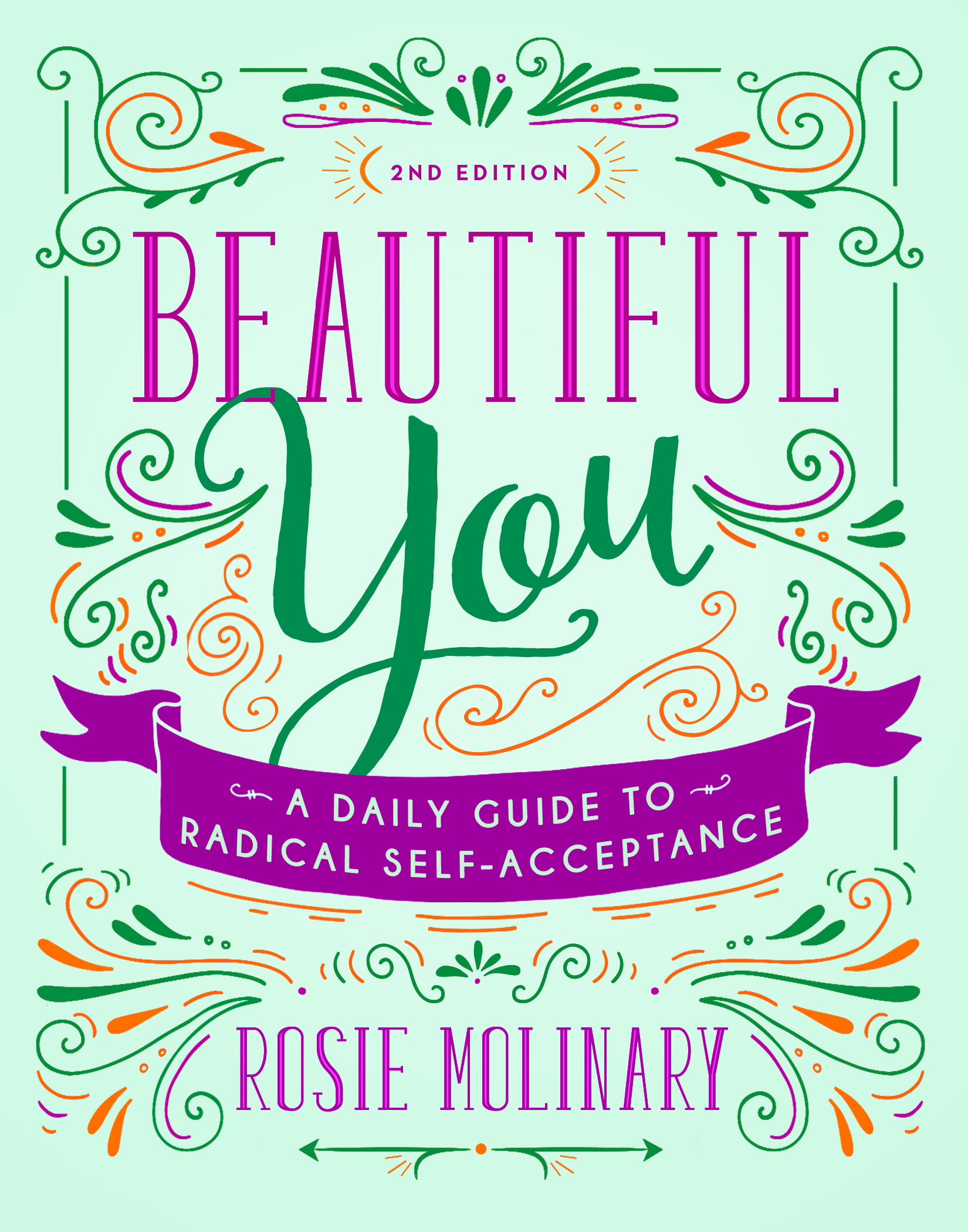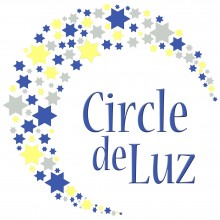The CDC just released national statistics on health-related behavior among high school students in 2007. I talked about these statistics for the Charlotte area earlier this year. Today, I am sharing some of the national findings on Hispanic youth behavior. Their primary concern about these numbers is that they indicate that Hispanic youth are not making the same progress in reducing unhealthy behaviors as white or black youth.
- No significant change occurred in the percentage of Hispanic high school students who had ever had sexual intercourse. In 1991, 53% of Hispanic youth reported having had sex. In 2007, that number is 52%. In both 1991 and 2007, 17% of Hispanic youth reported having four or more sexual partners during their life.
- Hispanic students were the most likely to attempt suicide, use cocaine, heroin or ecstasy, ride with a drive who had been drinking alcohol, or go 24 hours or more without eating in an effort to lose weight.
- Hispanic students were the most likely to say they did not go to school on occasion because of safety concerns, were offered or sold illegal drugs on school property, or drank alcohol on school property.
- Positive findings for Hispanic youth included: students in 2007 were more likely to wear a seat belt at least some of the time than Hispanic youth in 1991, were more likely to use a condom than Hispanics in 1991, and were using cigarettes, drugs, and drinking less than in 1991. They were also riding in the car with a drunk driver less than Hispanic youth in 1991.
So how do we make positive progress in health-related behaviors among Latino youth? Self-medicating and being self-destructive are signs of stress and are desperate ways to cope. Growing up Latino in the United States—especially in this time of narrow-minded and narrow-sighted immigration backlash- is not easy. Navigating dual and sometimes conflicting cultures can lead to behaviors that seem to make one feel better or forget for just a moment, but those behaviors don’t solve any problem. We have to teach our young people resiliency, the power of and way to self-satisfaction, and appropriate coping skills. So often we don’t name the elephant in the room. But the elephant in this room is that this country can be incredibly difficult to navigate if you are disempowered or marginalized. It can lead you to marginalize your own self. It is only when we- as friends, mentors, parents, educators, and community members- resist the urge to marginalize, categorize, degrade, and empower our young people to do the same that we can be the world that we imagined. But that is the big picture, and we must start in our little world. If you are a parent, stop today and have a meaningful conversation with the children and young people in your lives—no matter your background, no matter their background. And build on it daily. Those conversations are the roots of our rebirth because we cannot be great as a global community until we bring out one another’s greatness. And if you are not a parent, think about what you can do to change these numbers, how you factor into your community. It is time for all of us to be inspired—by the disappointment of what happens if we aren’t passionate, if we don’t channel our best person and the hope of what is possible if we do.


